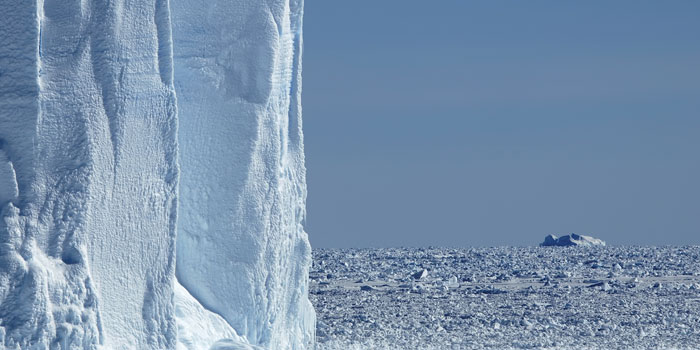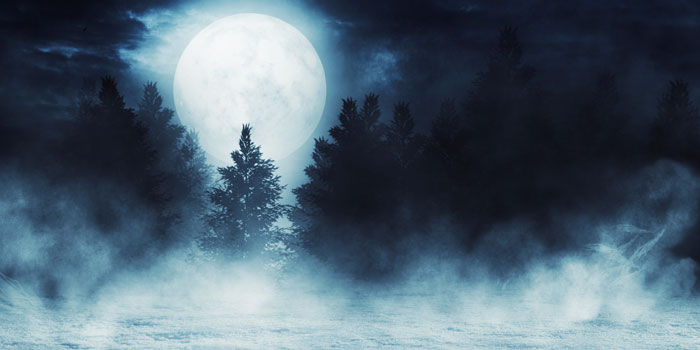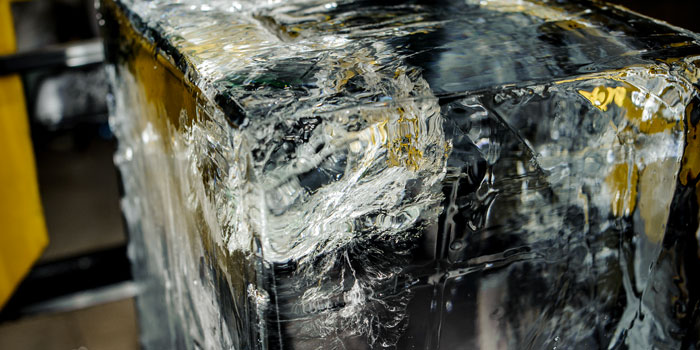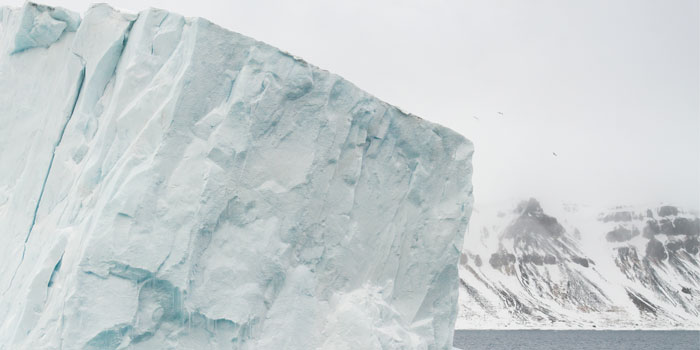My Cart
Your Shopping Cart is currently empty. Use Quick Order or Search to quickly add items to your order!
These resources offer a hot opportunity for students to investigate frozen phenomena. Phenomena such as these can elicit student questions that lead to investigations in states of matter, phase changes, kinetic molecular theory, and more.




Core science concepts routinely taught across disciplines and grade levels help explain the phenomena above and can be introduced to students at the appropriate grade level, especially if they are facilitated by student-generated particle diagrams and developed further as students strengthen their understanding.
Dive deeper into some of the concepts used to explain frozen phenomena with these resources: